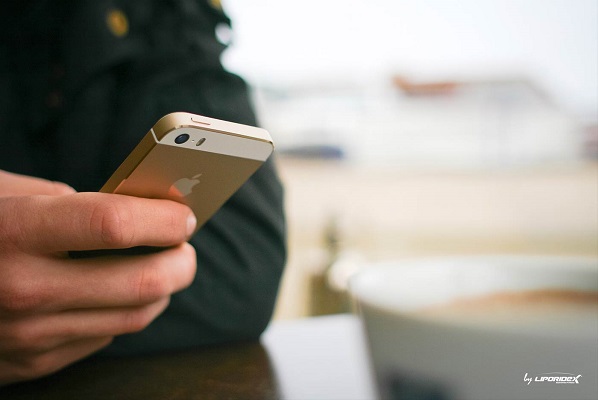How To Track Your Food To Stay On Track
Once you’ve figured out how many calories you need each day, it’s time to make sure that you are getting that number in. The biggest reason why people tend to fail with their weight loss efforts is simply because they are either inaccurately counting their calorie intake or they aren’t counting it at all.
While tracking can feel like a bit of nuisance, it really is the best way to guarantee that you see success.
So how can you track your calorie intake? Let’s look at some methods.
Searching Food Databases
The good news is that with recent advances in technology, tracking your calorie intake is far easier than in years past. Now with most people having smart phones with them at all times, all you need to do is open up a website or phone application and you’ll quickly know just how many calories are in a given food you’re considering.
You can also find out the macro breakdown of any food as well so you know precisely how many grams of fats, carbs, and proteins you’re taking in.
Using A Food Scale
Once you’ve found the food you want to eat, next comes measuring it. This is a very important step in the tracking process, so don’t skip over it.
While it’s great to know for instance that there are 165 calories in 100 grams of chicken breast, if you are eating 150 grams when you sit down to your dinner, this isn’t doing you much good.
Too many people are not measuring their food properly, therefore they are actually taking in more calories than they believe they are.
Get out a food scale and some measuring cups/spoons and measure and weigh all the food you eat. Especially during the beginning states until you can accurately assess how much food you need to eat simply by eyeing it, this is a must.
Tabulating Your Totals
Finally, after weighing and measuring your foods, enter it into your food journal. You can either write this down on paper if you wish or you can use one of the many food journal applications that are out there for your computer or smart phone.
These will tabulate the foods you eat over the course of the day and tell you exactly how many calories and grams of proteins, carbs, and fats you’ve eaten.
It’s a great way to put into perspective exactly how you are doing on your diet plan.
If you follow these steps, you can feel confident that if you have planned out your diet properly, you will see results. Executing the meal plan – including measuring and weighing your food properly so you can track your daily intake is key to your success.



